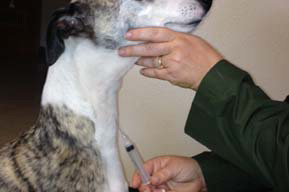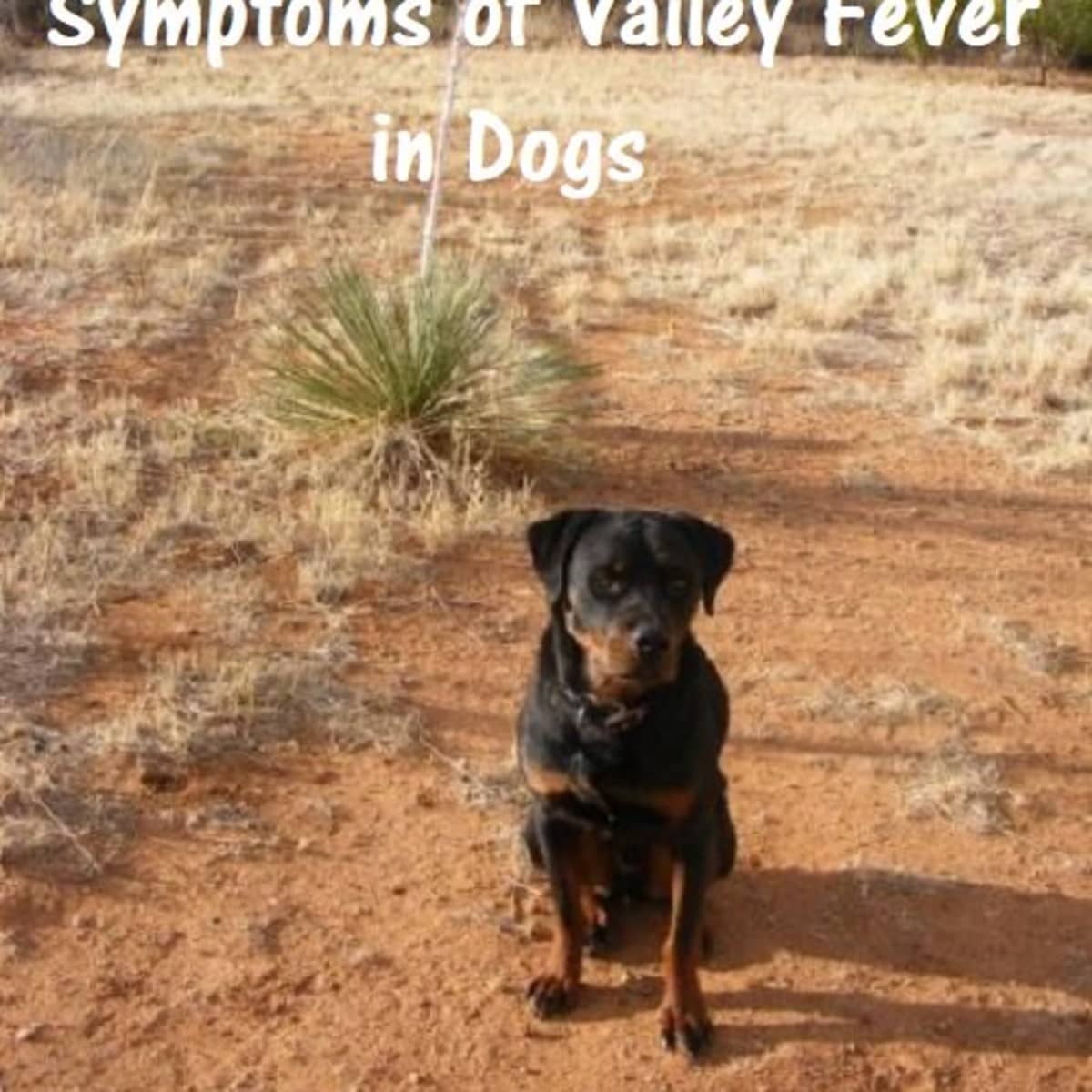The Facts About Valley Fever In Dogs Revealed
Table of ContentsSome Known Facts About Valley Fever In Dogs.The Valley Fever In Dogs StatementsValley Fever In Dogs - QuestionsValley Fever In Dogs Things To Know Before You BuyValley Fever In Dogs Fundamentals Explained
Blood cell counts, imaging, evaluation of the cells, and biopsies may be performed. A high titer quantity might be related to another kind of illness and your vet will execute much more laboratory panels to help him discover what is influencing your pet dog.Valley fever is one of those worries. The fungus that triggers Valley High temperature is really widespread in Arizona's desert landscape, especially during the wetter months.

The Best Strategy To Use For Valley Fever In Dogs
Some family pets clear out the spores prior to ever before coming to be ill, however others can come to be very ill - valley fever in dogs. Canines consist of the majority of Valley Fever instances in pets.
coughing high temperature fat burning absence of appetite absence of energy Some or all of these signs and symptoms might be existing as an outcome of infection in the lungs. As the infection advances, pets can create pneumonia that is noticeable on x-rays - valley fever in dogs. Occasionally the coughing is brought on by pressure of inflamed lymph nodes near the heart pressing on the pet's windpipe and bothersome it.

Valley Fever In Dogs for Dummies
Very few of the indications of Valley High temperature are particular to this disease alone and your veterinarian will do tests to identify that your pet dog's ailment is Valley High temperature as well as to eliminate other reasons. Valley High temperature is not transmittable from dog to canine, or dog to human, however if one dog in your household has Valley High temperature, it's likely that your various other pets have been revealed.
Exterior cats are at greater threat of acquiring the infection. If you have More Help any type of concern your pet dog could have Valley High temperature, routine a visit click for source right now for a physical examination and to review screening. In many cases, a dog ill enough from Valley Fever to be seen by a veterinarian will require therapy with anti-fungal drug.
The 5-Minute Rule for Valley Fever In Dogs

Presently, there is no chance to prevent Valley Fever. You can not prevent Valley High temperature however you can limit the chance of direct exposure by staying clear of activities that create dirt such as hiking, digging, sniffing as well as house building. It is essential to recognize that Valley Fever is not infectious from pet dog to pet get in touch with or animal to people call.

There is an injection in advancement! As soon as evaluated and accepted this vaccination might have the ability to stop Valley Fever or help pet dogs only really feel a really moderate disease. Blood work (called a Titer) has a tendency to be vital in making the diagnosis for Valley High temperature however, occasionally the Valley Fever Titer will certainly show an adverse cause pet dogs that are thought to be ill with Valley Fever.
The Buzz on Valley Fever In Dogs
This is because Valley Fever can settle anywhere in the body, it is most commonly located in blood, bones or lungs. Fluconazole is a drug used to treat fungal infections, a lot of frequently Valley High temperature. A test of fluconazole should be taken into consideration in symptomatic clients based off of blood job results.
Humans can also be contaminated. Immunocompromised people and pets go to biggest threat for severe infections. It is necessary to look for an evaluation great post to read by a vet if your family pet creates any signs of the condition explained below. Infection takes place by breathing of fungal spores. Once breathed in, spores from this fungus can infect the lungs and after that infected other parts of the body.
Signs of illness in the eyes and other components of the body may not take place till 4 months or even more after exposure. The good news is, infected animals and humans are not directly contagious. This implies that a human can not contract the illness from a contaminated family pet from normal communications. If multiple family pets or individuals in a home are contaminated, it is probably from a typical environmental exposure, not from transmission from family pets to individuals, from animals to pet dogs, or from individuals to pets.